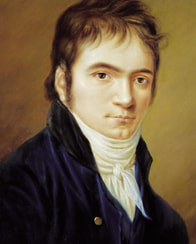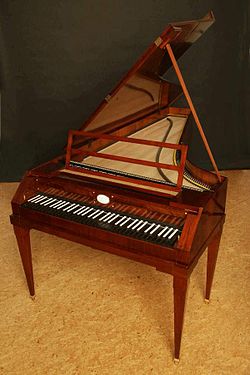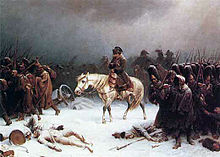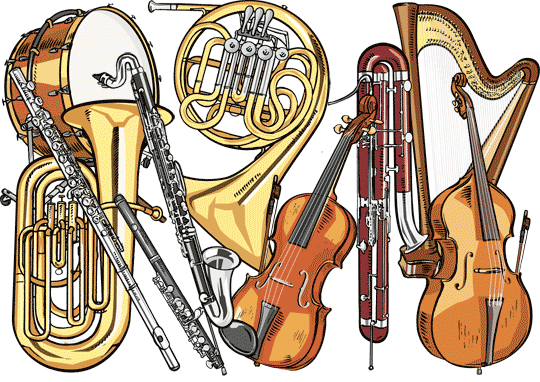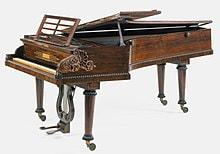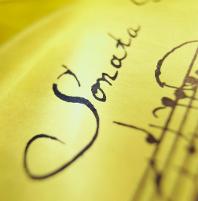CLASSICAL ERA 1730 - 1828 |
CLASSICAL STYLE |
|
Mozart , Haydn and Beethoven dominate, travelling between the courts, salons and chapels of rich sponsors.
Composers such as Czerny, Burgmuller, Clementi and Kuhlau are rather in their shadow. But while few people who haven't studied piano will know their names, they all compose beautiful works that are rewarding to play and often appear on exam lists. And Schubert's art manages to be perfectly classical but also to look forward to the musical adventures of the future. Sonata No 1 F major Opus 2 no 1, by Beethoven but dedicated to Haydn, and played on fortepiano
WHAT WAS GOING ON IN THE WORLD?The Classical era was a time of great change. At the start of this period Benjamin Franklin discovered the electrical power of lightning by flying his kite in a thunder storm; by the end, Andre-Marie Ampere has worked out the basics of electrical current. George the Third is on the English throne at the start, and by the end it is William IV; Jefferson became President of the USA after the American War of Independence was fought.
After the French Revolution, the Terror, and a campaign of warfare in Europe and the Near East, Napoleon declares himself Emperor. While many Europeans grew rich importing sugar, cotton and tobacco from the far reaches of the world, 10 million people died in the Great Famine of Bengal; child labour was widespread, and it is 1807 before Britain abolishes the slave trade. Jane Austen's novels were published, as were the Encyclopedia Britannica, The Swiss Family Robinson and Frankenstein.
WHERE DID MUSIC HAPPEN?
The economics of music changed, too. Without a rich patron - or better still, several - it was difficult to make an impact.
Composers wrote for patrons and used local musicians known to the families concerned. Parts for this type of music making had to become simpler - with occasional pieces for virtuosi on particular instruments. Music could be copied and circulated more easily throughout Europe, feeding the growing cult of composer celebrities. Great and not so great composers worked as teachers, choir masters and performers to supplement their income from publishing works. By 1800 audiences were paying to hear orchestral music in the theatre rather than hearing 'art' music only in church or by invitation to court. And they were reading the critics, and buying sheet music, so a canny publisher who could use a bit of spin and advertising to catch the public interest was a good person to know. |
Structural clarity was sought in all fields of art, and in music this meant moving away from Baroque polyphony and towards melody with harmony. As the musical technology advanced, musicians could play in more varied ensembles.
The size of the orchestra steadily grew, as did the range of sounds and effects composers could demand from their players. Instrumental soloists such as violinists and pianists became more and more virtuosic performers. The Classical pianoJames Watt patented the steam engine and the wonderfully named Jo Merlin invented roller skates. But the best invention of them all had to be from Bartolomeo Cristofiore - the piano!
Strictly speaking the instruments designed and made by Cristofore and known to Haydn, Mozart and Beethoven were fortepianos. The tone of these instruments, made from 1720 to around 1820, was different to modern instruments - the bass rich and buzzing, the high treble quite 'tinkly' and the middle more rounded like our pianos. It was also smaller in range than a modern pianoforte (5 octaves), but the important change was that the player could vary the sound by altering their touch, to produce more expression. Late classical composer Burgmuller's study Angelic Harmony uses the tonal range of a modern piano here:
Beethoven's pianoFrom around 1770, the fortepiano was so developed and improved that it evolved into the modern pianoforte.
This revolution was in response to a preference by composers and pianists for a more powerful, sustained sound, a match for the growing orchestral forces. Technologically this was made possible by the Industrial Revolution - strong piano wire became available to make strings, precision casting made possible the production of large iron frames able to withstand the tension of the strings. Pianos also became bigger - the five octaves of Mozart's day became seven octaves (or more). Beethoven's Diabelli variations are for virtuoso performers and for thoroughbred instruments only:
CLASSICAL STRUCTUREThe Baroque habit of making each movement devoted to a single "affect" or emotion faded away. Form as we know it was born - with contrasts between sections, managed with key changes, changes of tempo or metre, or the juxtaposition of a stridently rhythmic theme and a lyrical one.
Melody lines were notated in increasing detail with phrasing and dynamics. Gradually the signs used became standardised, although manuscripts from individual composers are still recognisable to experts. Movements were unified with distinctive moods and rhythms or tempo. | ||||||||||||||||||
